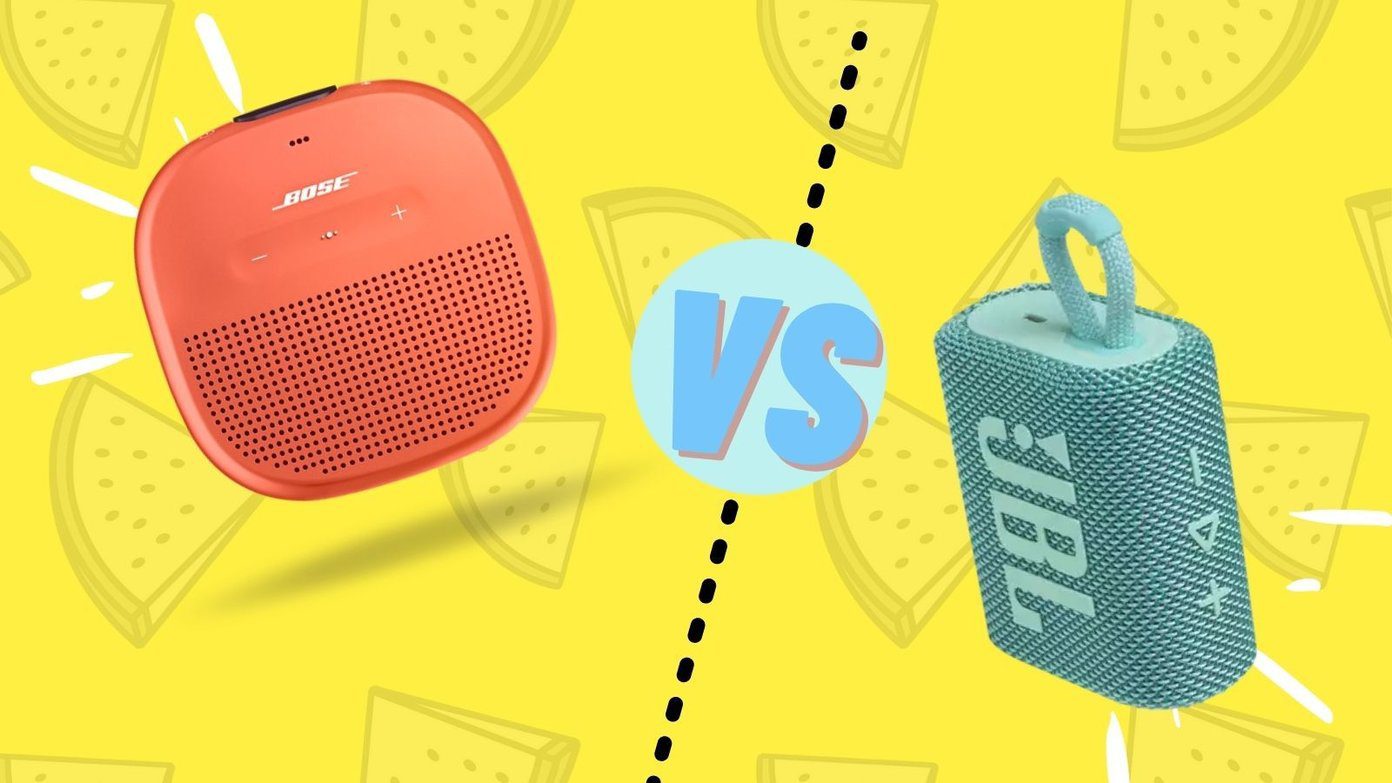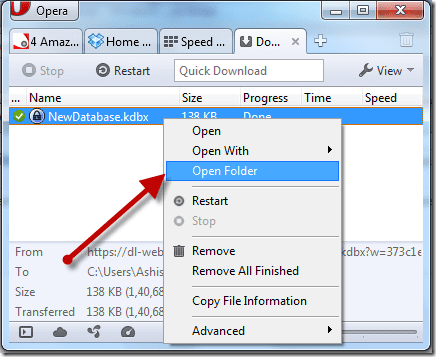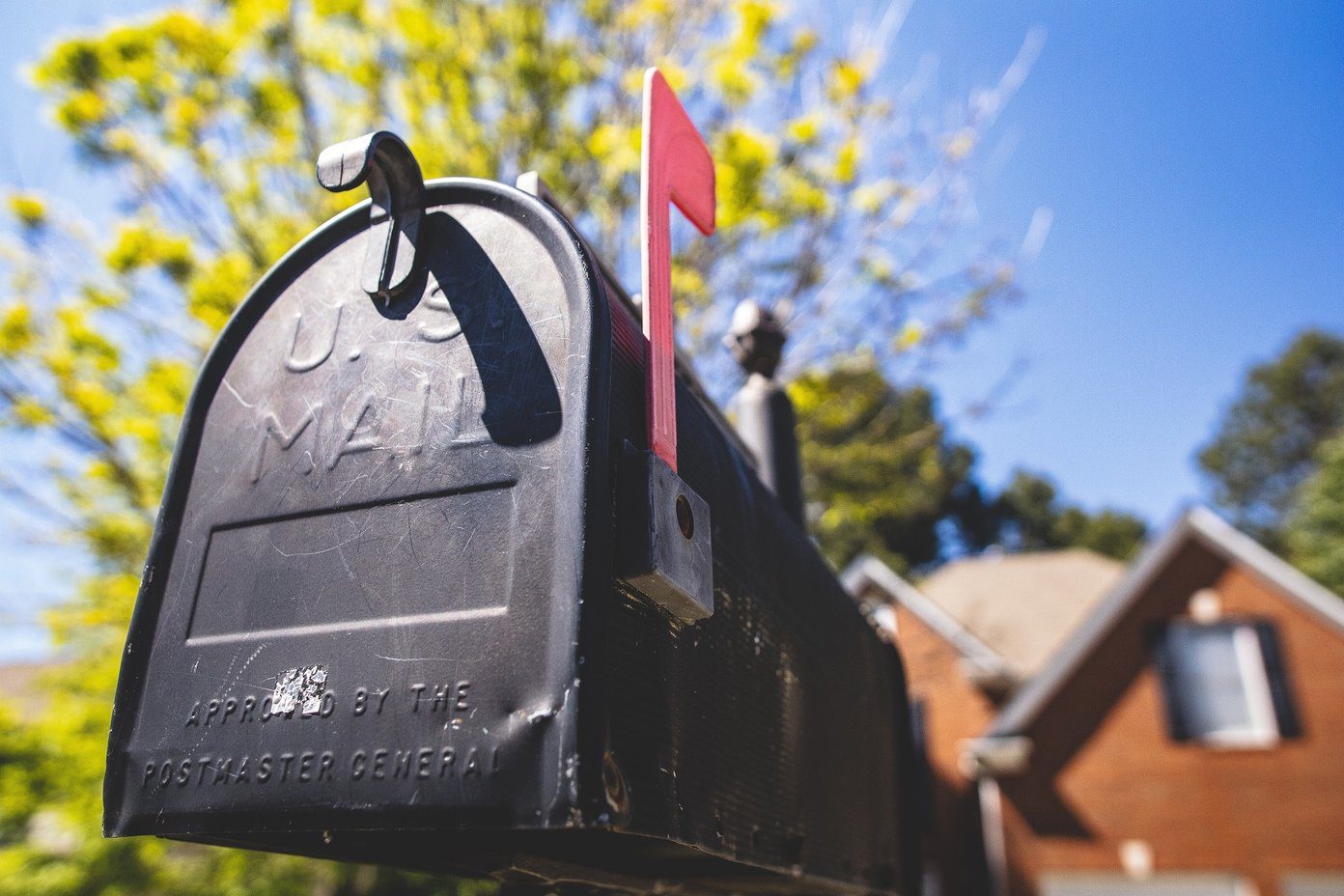multiple email accounts is far from uncommon these days. Not all of them are necessarily important but you still need to check them now and then, and deal with the incoming mails. The phrase to note here is ‘now and then.’ Right, not all the time. May be only the main one all the time, but no, not all the email accounts all the time. This is why it becomes to important to control email sync and notifications, especially when all of those accounts are connected to a device like a smartphone (a good way to save on data plans too). We have talked about doing that on Windows Phone 8. Today we are set to take on the Mail app on Windows 8. Also See: You may also want to learn how you can rename an email account associated with the Mail app. It helps identify accounts easily. That is, if you have multiple accounts linked to it. Here is the process: Step 1: To begin with, launch Windows 8 Mail app by going to the Start Screen. If it is not there you may bring up the app search screen through Windows key + W and look for it. Step 2: Once you are in, you will see your list of accounts on the left pane. Hit and hover your mouse on the right edge of the screen to bring up the Charm Bar. Hit on the icon for Settings. Step 3: That will bring up a Settings section on the right portion of the screen. Choose Accounts. Step 4: From the list of accounts that you have select the one you wish to rename. In my case it is Outlook. Step 5: The first thing is to decide whether you want this account to sync emails with the Mail app. If yes, ensure that the check box Email under Content to sync is checked. To disable syncing, uncheck the account. Step 6: Then define the download frequency and timeline by setting values for Download new email and Download email from sections. Here are the available options. Step 7: Moving on to Notifications, scroll further down to find the setting option. If you wish to receive notification for the account in question, turn the switch on to Show email notifications for this account. With that, when a new mail arrives and is downloaded in to the app (as per you download frequency) you would be notified about its arrival on your desktop. Cool Tip: If you use MS Outlook as your desktop email client you may want to learn how to activate/deactivate desktop email notifications.
Conclusion
I am sure you will set up at least a few parameters on one or more of your accounts. It is obvious that you do not want desktop notifications for all your accounts. Besides, not all accounts have a priority to download email as soon as they arrive. This can also serve as a measure to save your internet bandwidth from getting cramped or overloaded with constant activity. Killing two birds with one stone, no? The above article may contain affiliate links which help support Guiding Tech. However, it does not affect our editorial integrity. The content remains unbiased and authentic.
![]()
















